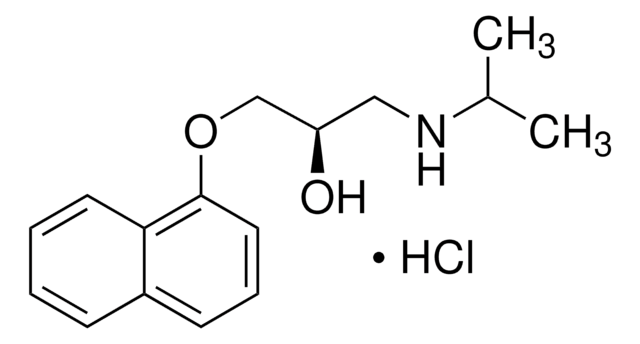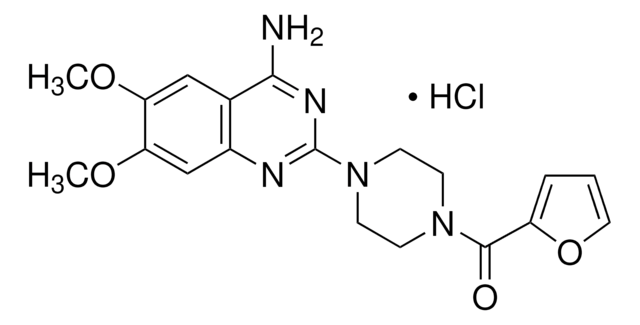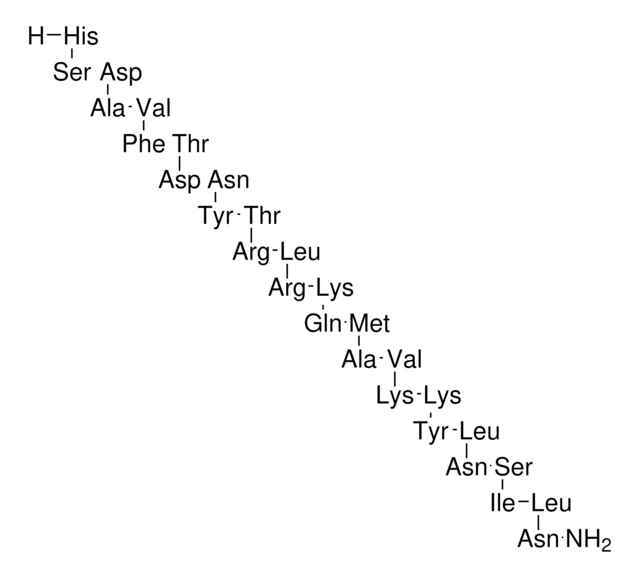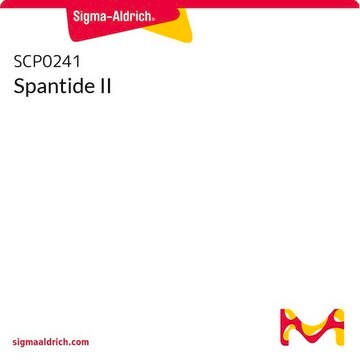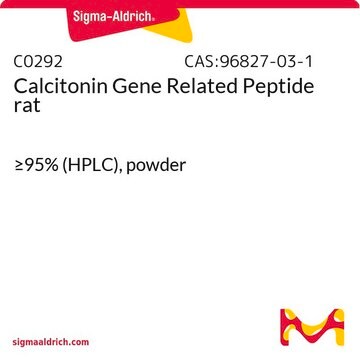S6883
Substance P acetate salt hydrate
≥95% (HPLC), powder
Select a Size
Select a Size
About This Item
Recommended Products
Quality Level
assay
≥95% (HPLC)
form
powder
mol wt
1348 Da by calculation (Average Mass)
storage condition
(Keep container tightly closed in a dry and well-ventilated place.)
color
white
solubility
0.1 M acetic acid: 1 mg/mL
UniProt accession no.
storage temp.
−20°C
SMILES string
[H]O[H].CC(O)=O.CSCC[C@H](NC(=O)[C@H](CC(C)C)NC(=O)CNC(=O)[C@@H](Cc1ccccc1)NC(=O)[C@H](Cc2ccccc2)NC(=O)[C@H](CCC(N)=O)NC(=O)[C@H](CCC(N)=O)NC(=O)[C@@H]3CCCN3C(=O)[C@H](CCCCN)NC(=O)[C@@H]4CCCN4C(=O)[C@@H](N)CCCNC(N)=N)C(N)=O
Looking for similar products? Visit Product Comparison Guide
Amino Acid Sequence
General description
Substance P is a member of the tachykinin family of peptides. It is encoded by the tachykinin precursor 1 (TAC1) gene mapped to human chromosome 7q21-q22. Substance P is a small peptide produced by macrophages, lymphocytes, eosinophils, dendritic cells and nerves. It is part of the neurokinin group.
Application
- used as a neurokinin 1 (NK1) receptor agonist for the activation of spinal nociceptive circuitry in mice
- administered in central nucleus (ACE) in rat to study its positive reinforcing effects
- used in competition binding assays
- used as an inhibitor of myosin light chain kinase in isolated lymphatic vessels from rat
Biochem/physiol Actions
antibody
related product
Storage Class
11 - Combustible Solids
wgk_germany
WGK 3
flash_point_f
Not applicable
flash_point_c
Not applicable
ppe
Eyeshields, Gloves, type N95 (US)
Choose from one of the most recent versions:
Certificates of Analysis (COA)
Don't see the Right Version?
If you require a particular version, you can look up a specific certificate by the Lot or Batch number.
Already Own This Product?
Find documentation for the products that you have recently purchased in the Document Library.
Customers Also Viewed
Our team of scientists has experience in all areas of research including Life Science, Material Science, Chemical Synthesis, Chromatography, Analytical and many others.
Contact Technical Service


